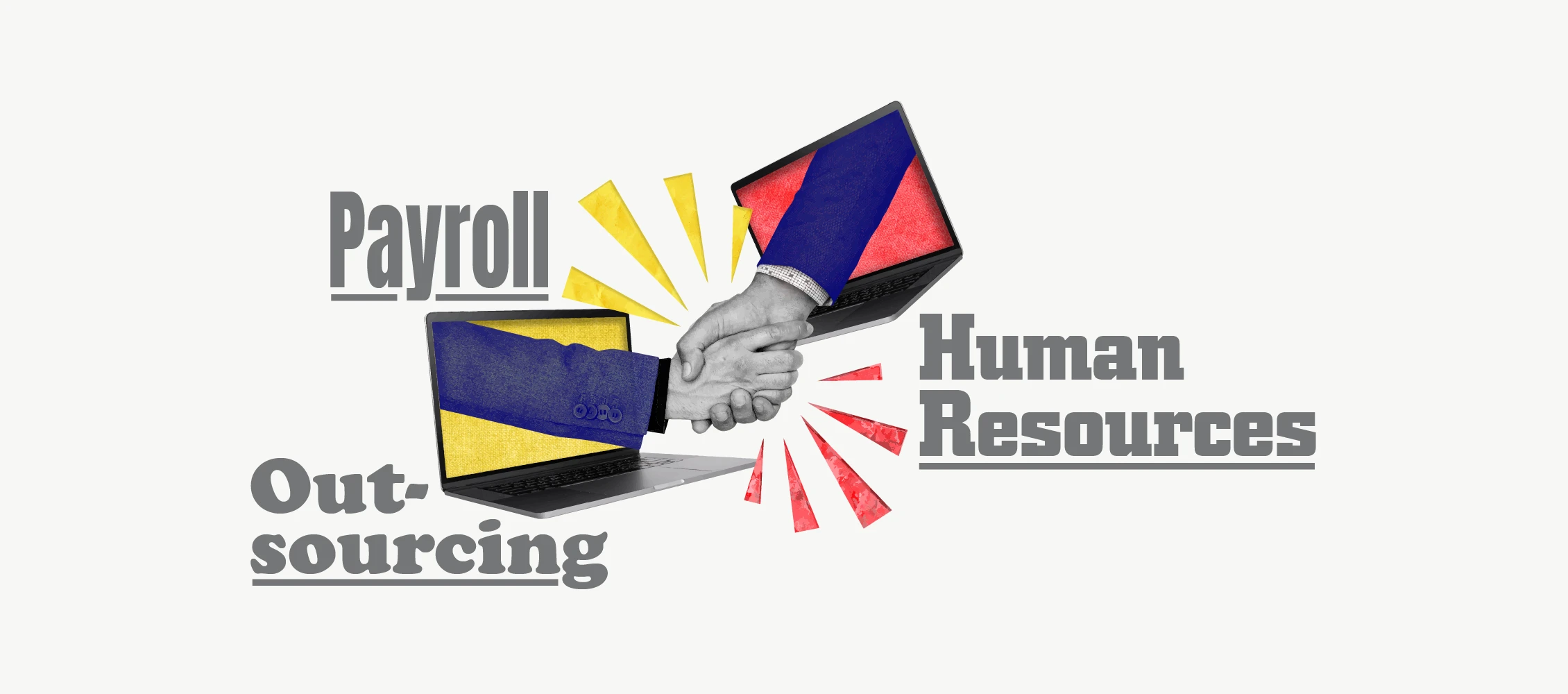21 Mart 2024
What is Disability Retirement? What are the Conditions for Disability Retirement?

Disability retirement, known in the legislation as disability pension, is a social security right available to individuals who become unable to work due to certain health issues. In Türkiye, this right is regulated by the Social Security Institution (SSI) and aims to help individuals maintain their quality of life. This article will thoroughly discuss disability retirement, who can benefit from disability retirement rights, and the conditions for applying for disability retirement.
What is Disability Retirement?
Disability retirement is a retirement scheme provided by the Social Security Institution (SSI) under the Social Insurance and General Health Insurance Law No. 5510, for insured individuals or upon the employer's request, who are determined to have lost 60% of their working capacity or their ability to perform their duties due to a work accident or occupational disease, thus considered disabled.
The most crucial requirement for an employee to be considered for disability retirement is that the disability occurs after the commencement of their insured employment.
What are the Conditions for Disability Retirement?
The question of "What are the conditions for disability retirement?" is a frequently asked one. The primary prerequisite for qualifying for disability retirement, as mentioned above, is for the insured to be considered disabled. This condition is determined by health boards of authorized healthcare providers by the Institution through an appropriate report.
However, other important conditions that must be met for disability retirement include:
- The insured must have at least 10 years of insurance period. For those who are considered to be in need of care by someone else, there is no requirement for an insurance period.
- A minimum of 1800 days of long-term insurance branches (disability, old age, death) premium payments must have been made. (If the employee has missing premiums, they can become eligible for disability retirement by paying these premiums.)
- A loss of at least sixty percent (60%) in work capacity must occur due to an occupational disease or work accident. This loss of work capacity must have happened after the insured started working.
- In applications for determining the disability condition, there is no requirement to terminate the insurance. An application can be made to the Institution while the insurance is ongoing, and a referral process to authorized healthcare providers for determining the disability condition takes place. However, after the determination of disability, there must be no ongoing insurance for the pension to be granted. After the termination of employment, an application should be made to the Institution for disability pension.
Where to Apply for Disability Retirement?
The application for disability retirement should be made to the SSI unit the employee is affiliated with by petition. The application stages for the insured are as follows:
- The insured's application for disability retirement to the SSI unit affiliated with the last workplace
- Determination of the disability rate at a health institution designated by SSI
- Examination of the disability rate by a committee formed by the health institution
- Examination of the latest report issued by the health institution referred by SSI
- Finally, if it is decided that the conditions for disability retirement are met, a retirement pension will be granted to the insured
How Much is the Disability Retirement Pension?
The amount of the disability retirement pension varies depending on factors such as the insured's number of premium payment days, prime earnings, and disability rate. However, an insured person with a higher disability rate is likely to receive a higher pension.
When Does the Disability Retirement Pension Start?
If the insured's disability report predates the written application for disability pension, the date of the application is considered. However, if the report's date is after the written application, the date of the disability report is taken into account. For insured civil servants, the right to receive a disability pension begins from the start of the month following their resignation due to disability.
Under What Circumstances is the Disability Retirement Pension Terminated?
The disability conditions of individuals who qualify for disability retirement are periodically checked by the state. The disability retirement pension can be terminated under certain conditions. These are:
- If the retiree receiving the disability pension starts working under insurance in Türkiye or under the legislation of a foreign country,
- If it is discovered during regular control that the condition causing the disability has been resolved.
The disability retirement pension, for those who start working under insurance and then submit a written request, retire, or are referred after leaving their job, involves a control examination considering the insured's original disability status and duties. Based on the methods and principles mentioned above, if it's determined that the disability condition persists, the pension will be recalculated and granted again from the payment period following the request or retirement date under Law No. 4/1-(c). For civil servants or similar statuses, the pension calculation starts from the date they leave their position; for others, it starts from the following payment period after their request date.
For insured individuals who were found to need their pension terminated due to returning to work while receiving a disability pension, the improperly paid pensions will be reclaimed based on the periods they worked.
What is a Disability Retirement Control Examination?
A control examination is a process where the health conditions of those retired due to disability are periodically evaluated. These examinations are conducted at intervals set by the SSI to identify changes in the insured's working capacity. If a significant improvement in health status is found during a control examination, and the disability rate falls below 60%, the disability retirement pension will be terminated. If the disability condition remains the same, the individual continues to receive the pension. However, if there's a change in the disability rate, the disability retirement pension will be recalculated. This process aims to protect the rights of the insured and ensure the system operates fairly.
Which Diseases are Covered by Disability Retirement?
The process leading to disability retirement can be triggered by various health issues. However, not every disease may be considered a valid reason for disability retirement. The determination of diseases covered by disability retirement involves a detailed assessment of the insured's health condition by health boards authorized by the Social Security Institution (SSI). Here are some examples of diseases that may qualify for disability retirement:
Cancer, brain tumor, organ transplant, Parkinson's disease, multiple sclerosis (MS), intellectual disabilities, cerebral palsy, epilepsy, Behçet's disease, tuberculosis, retinal hemorrhage, loss of limbs, cirrhosis, anemia, schizophrenia, dementia, AIDS, and bipolar disorder.
Should you have any queries or need further details, please contact us.
Notification!






